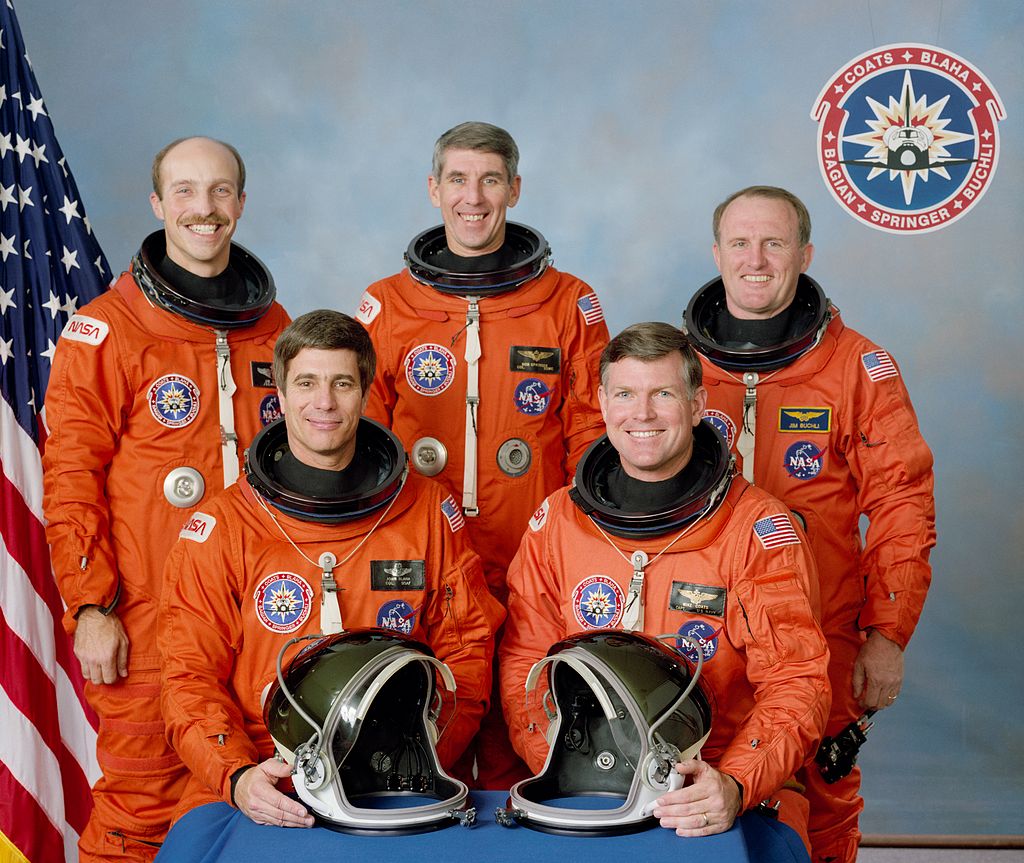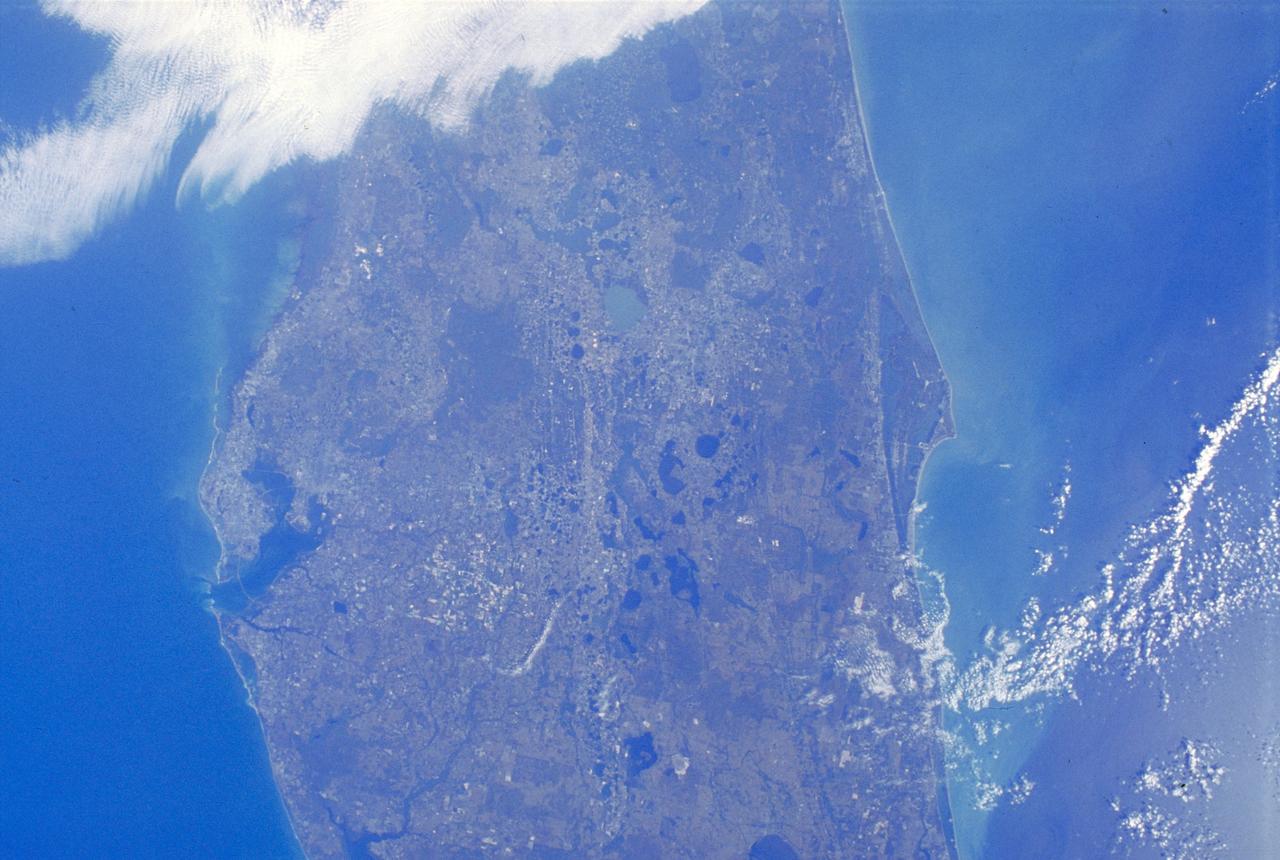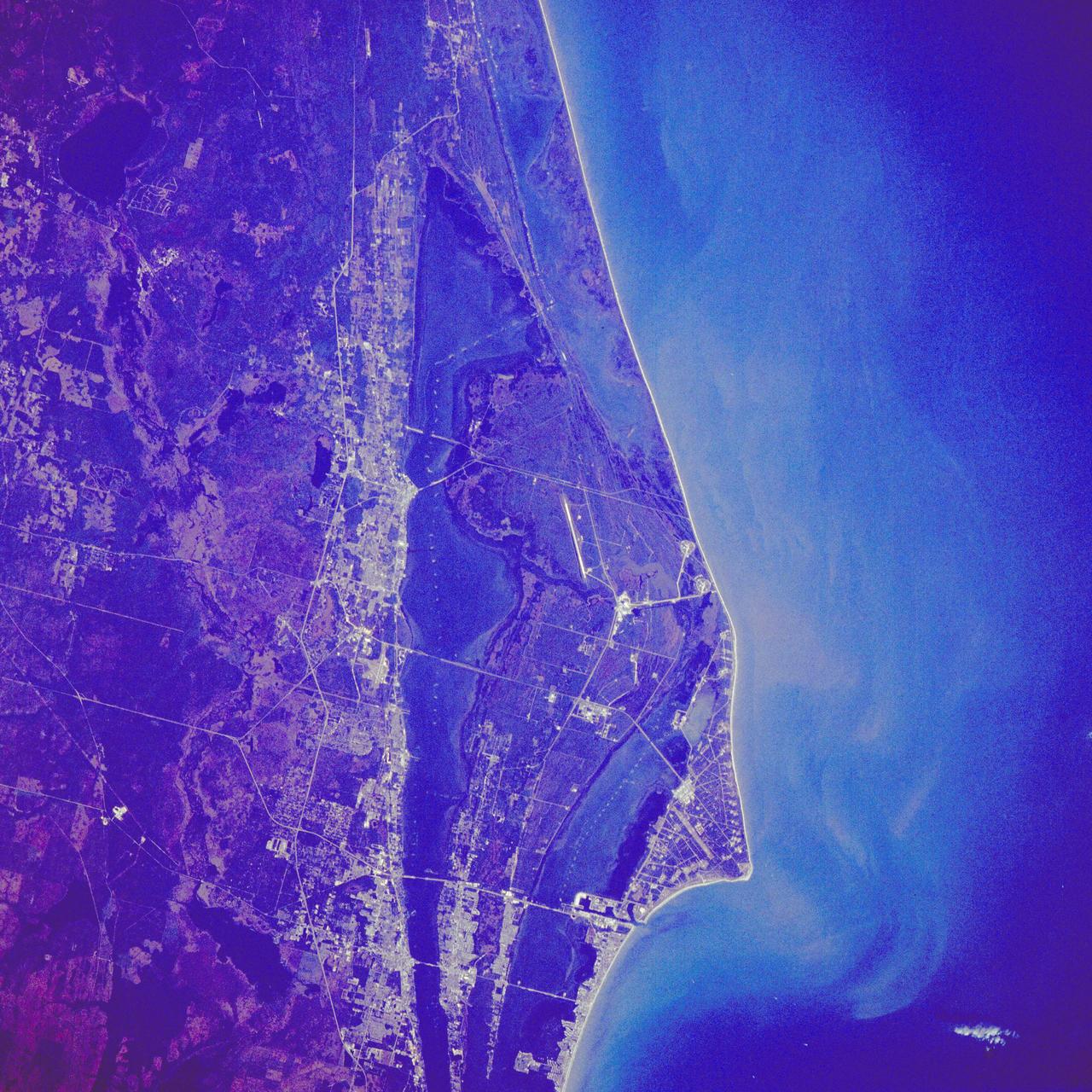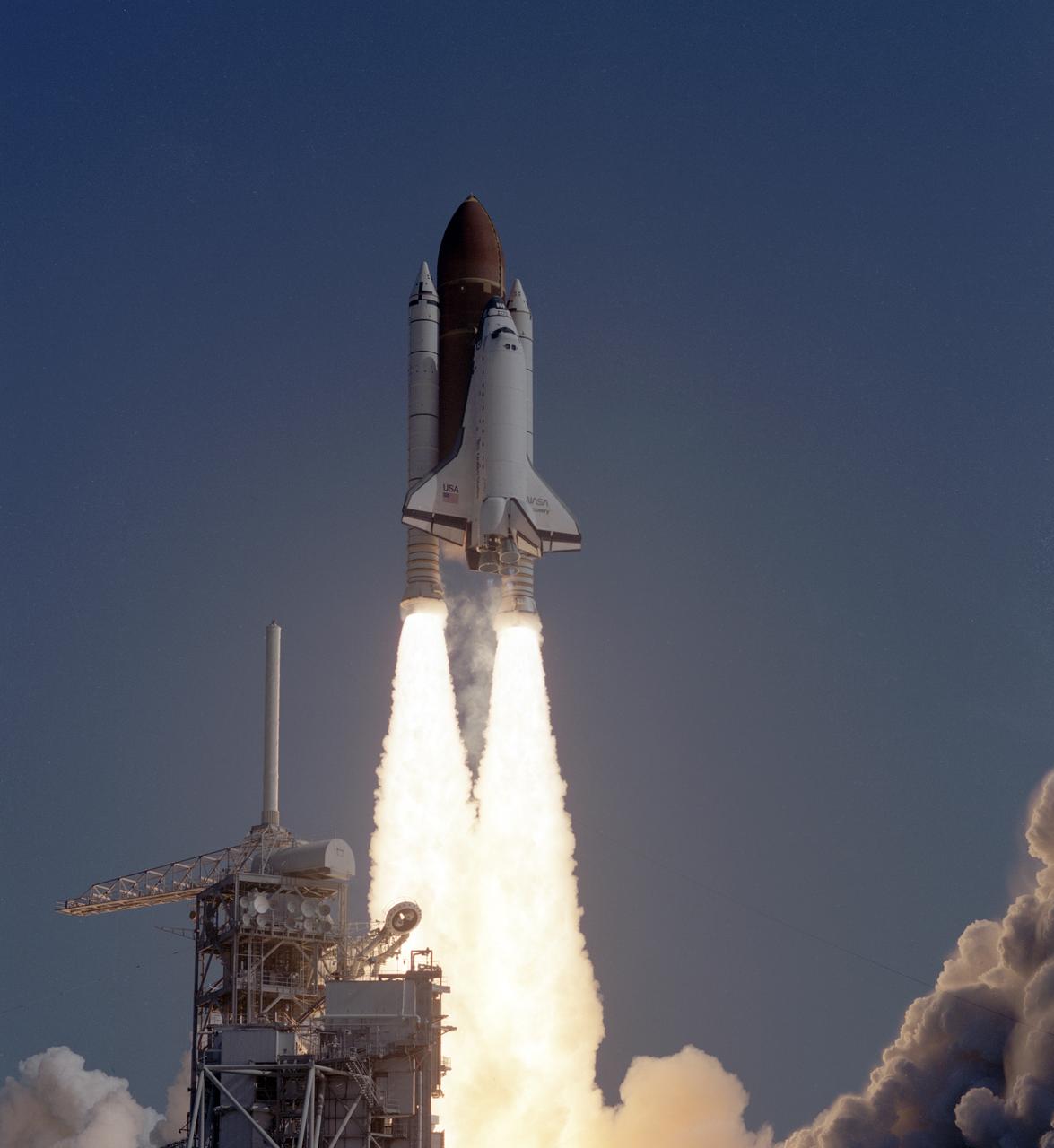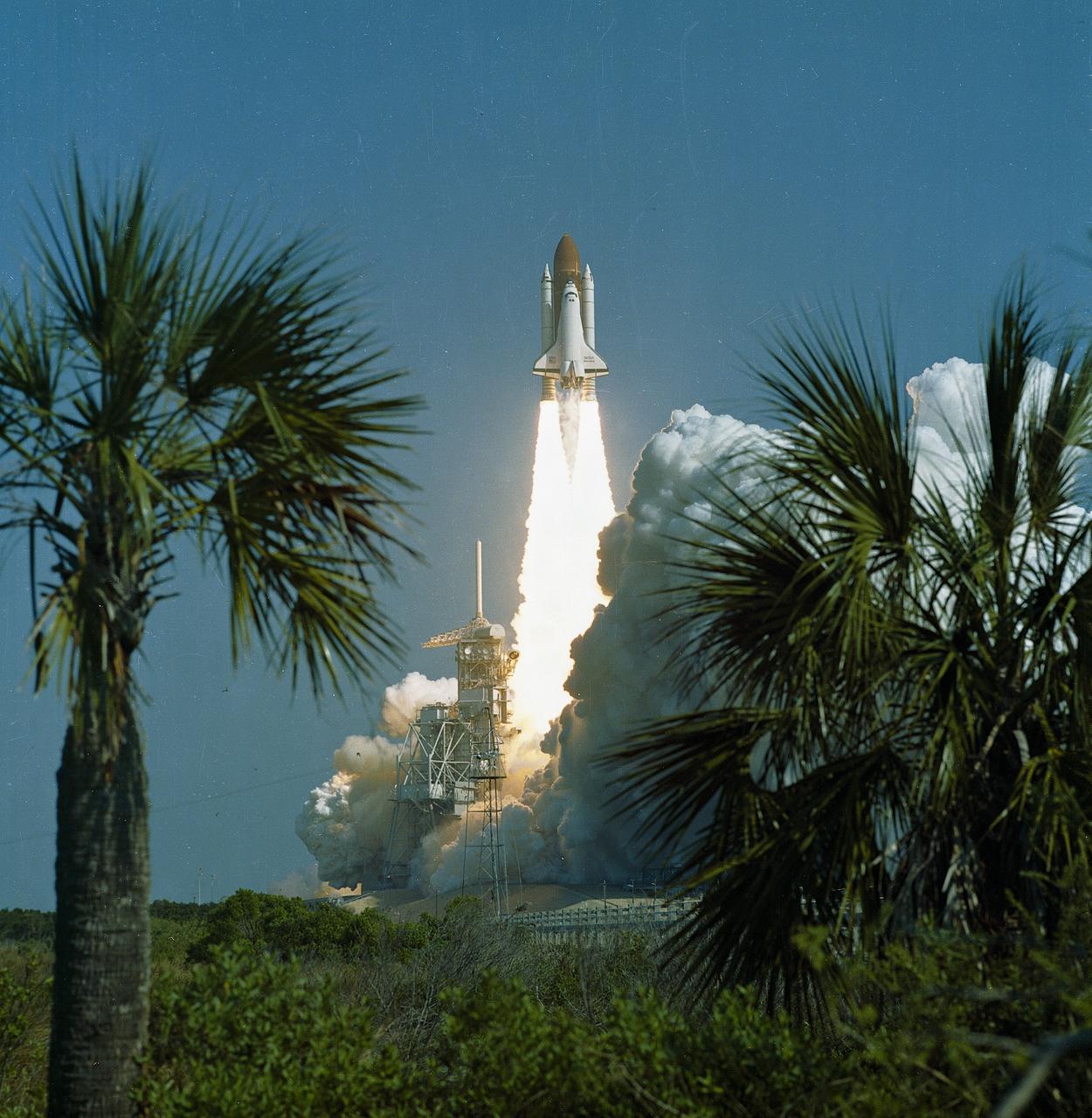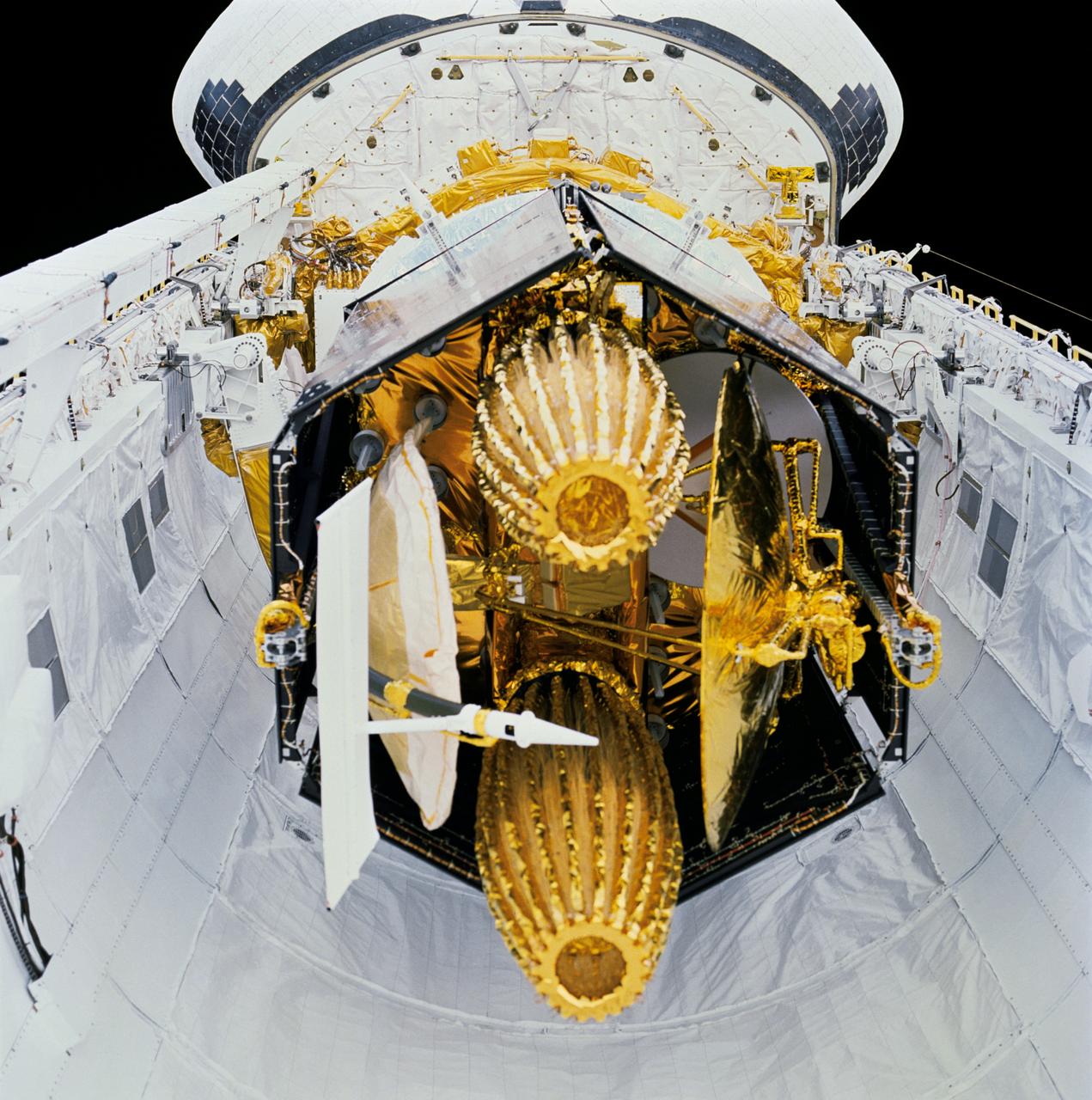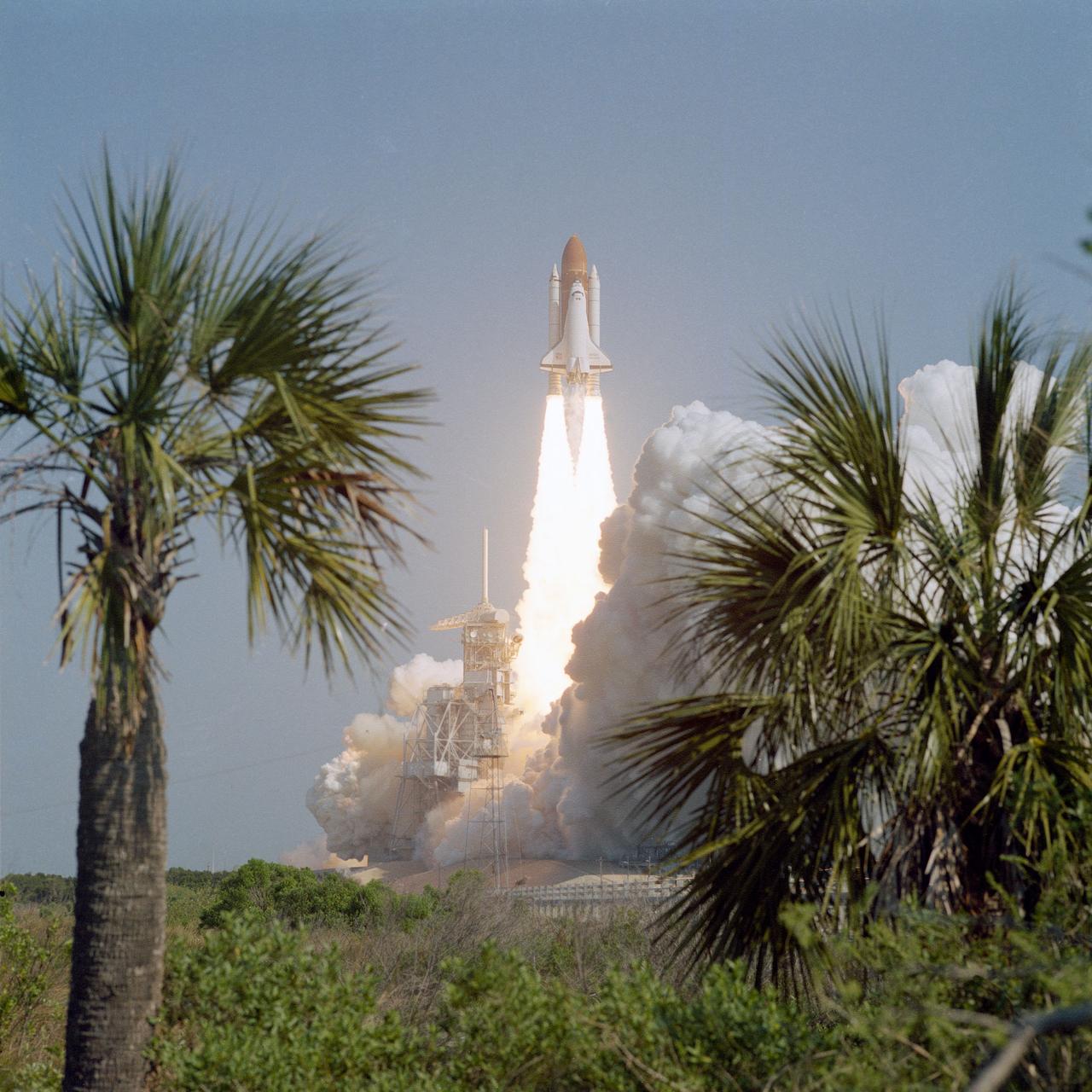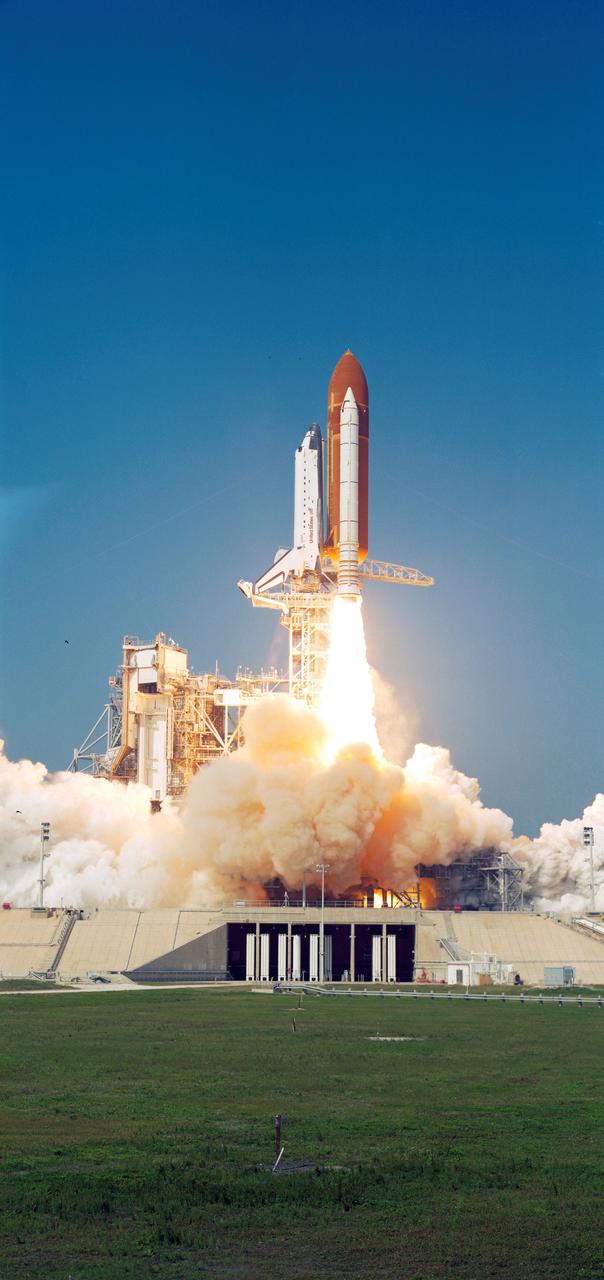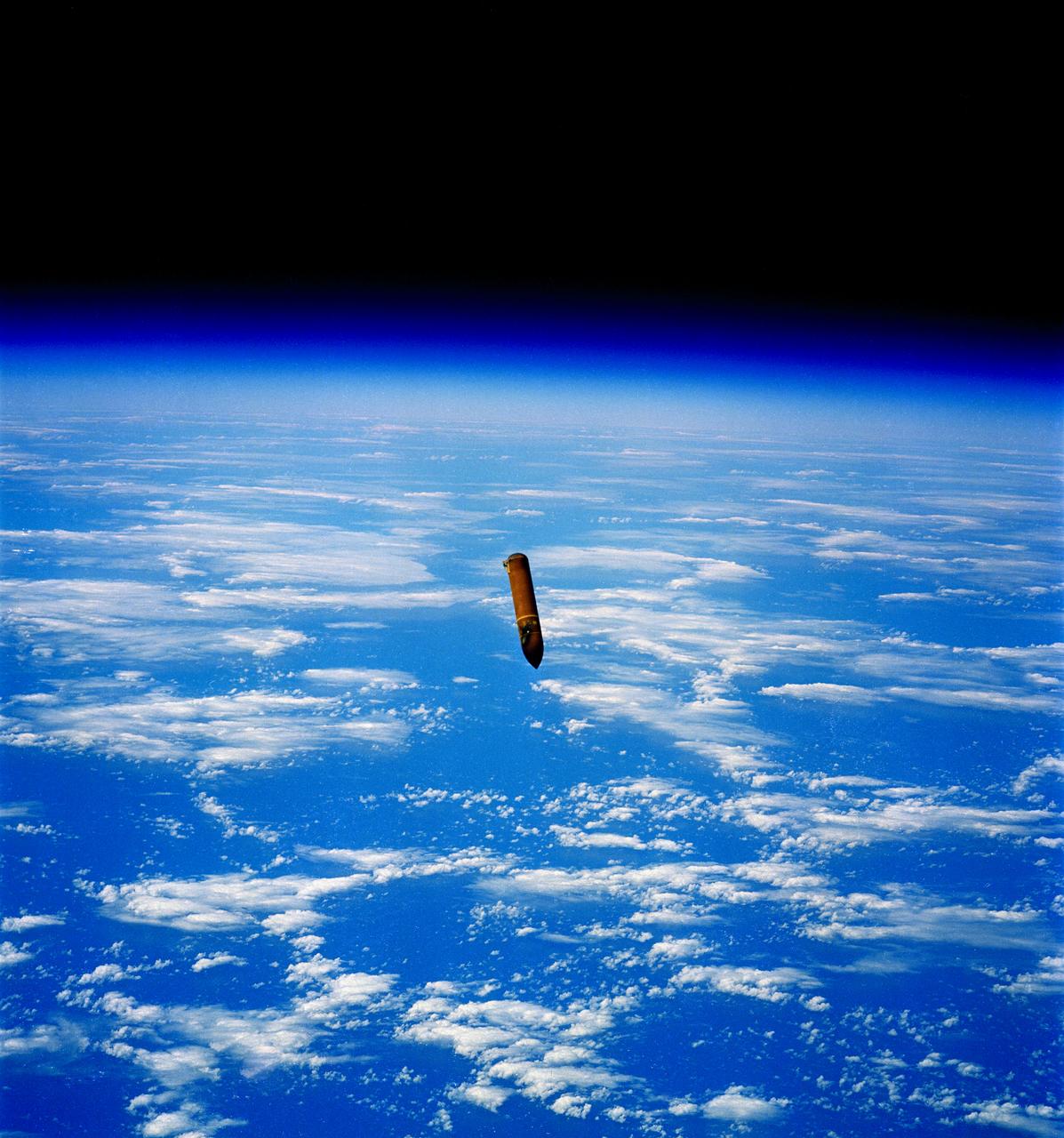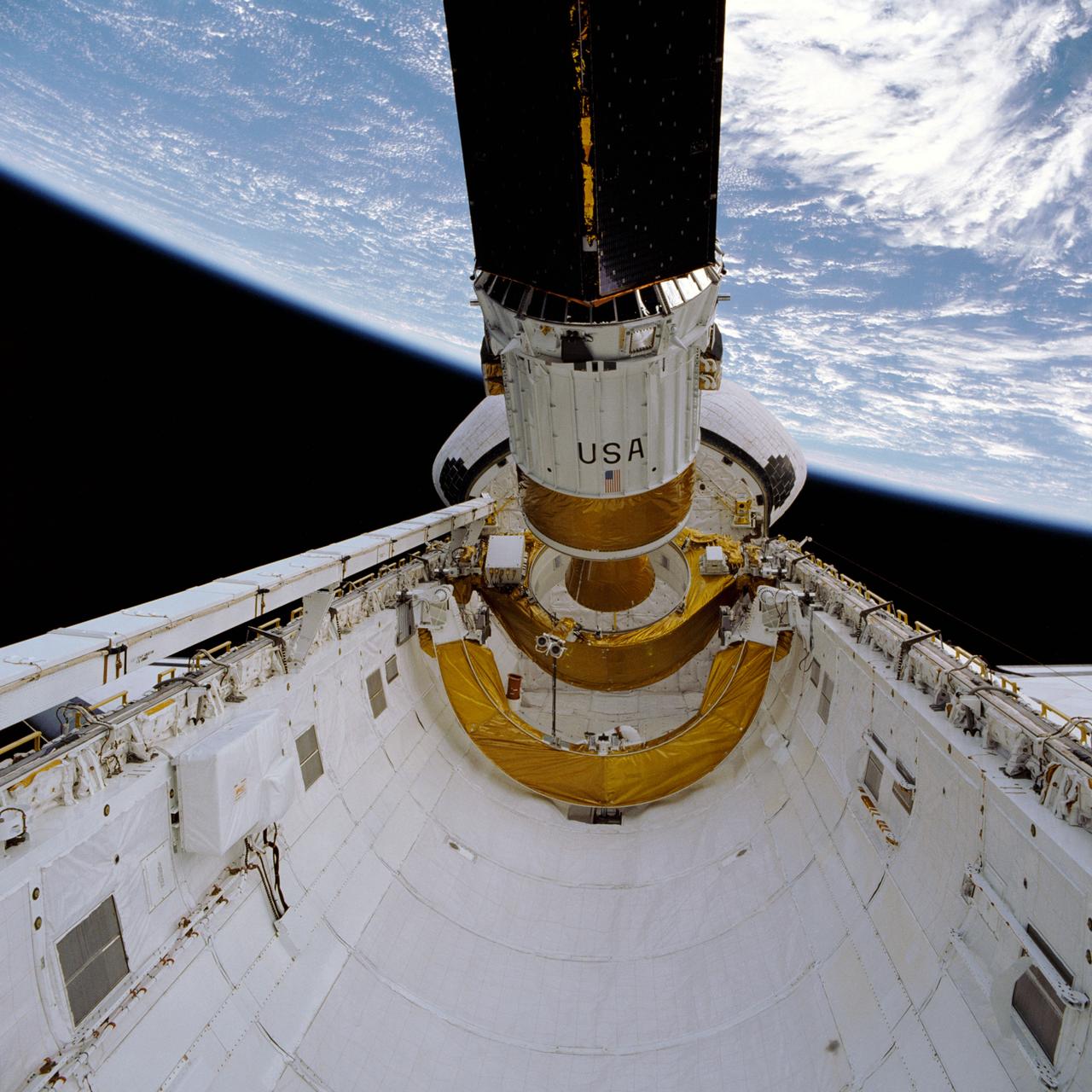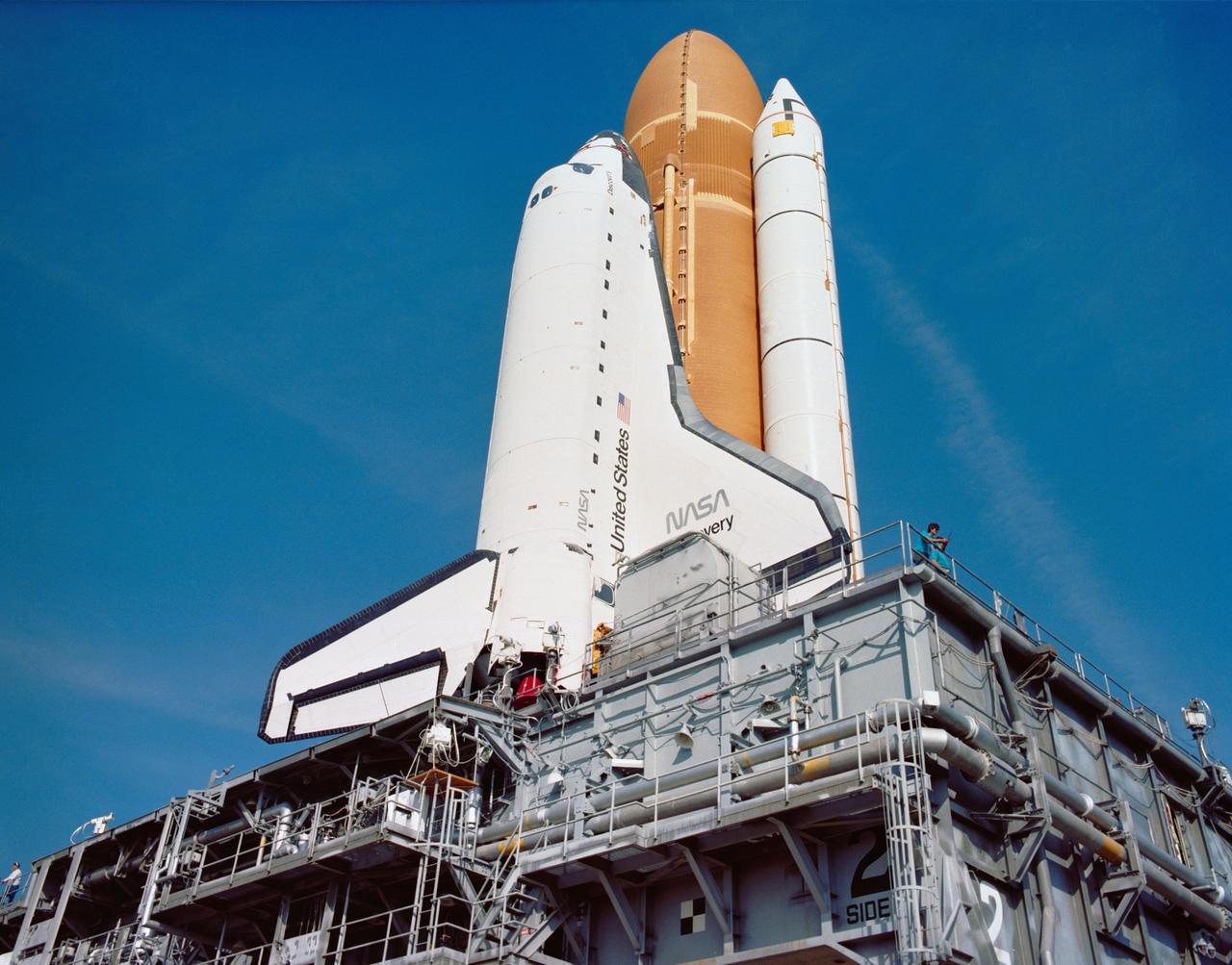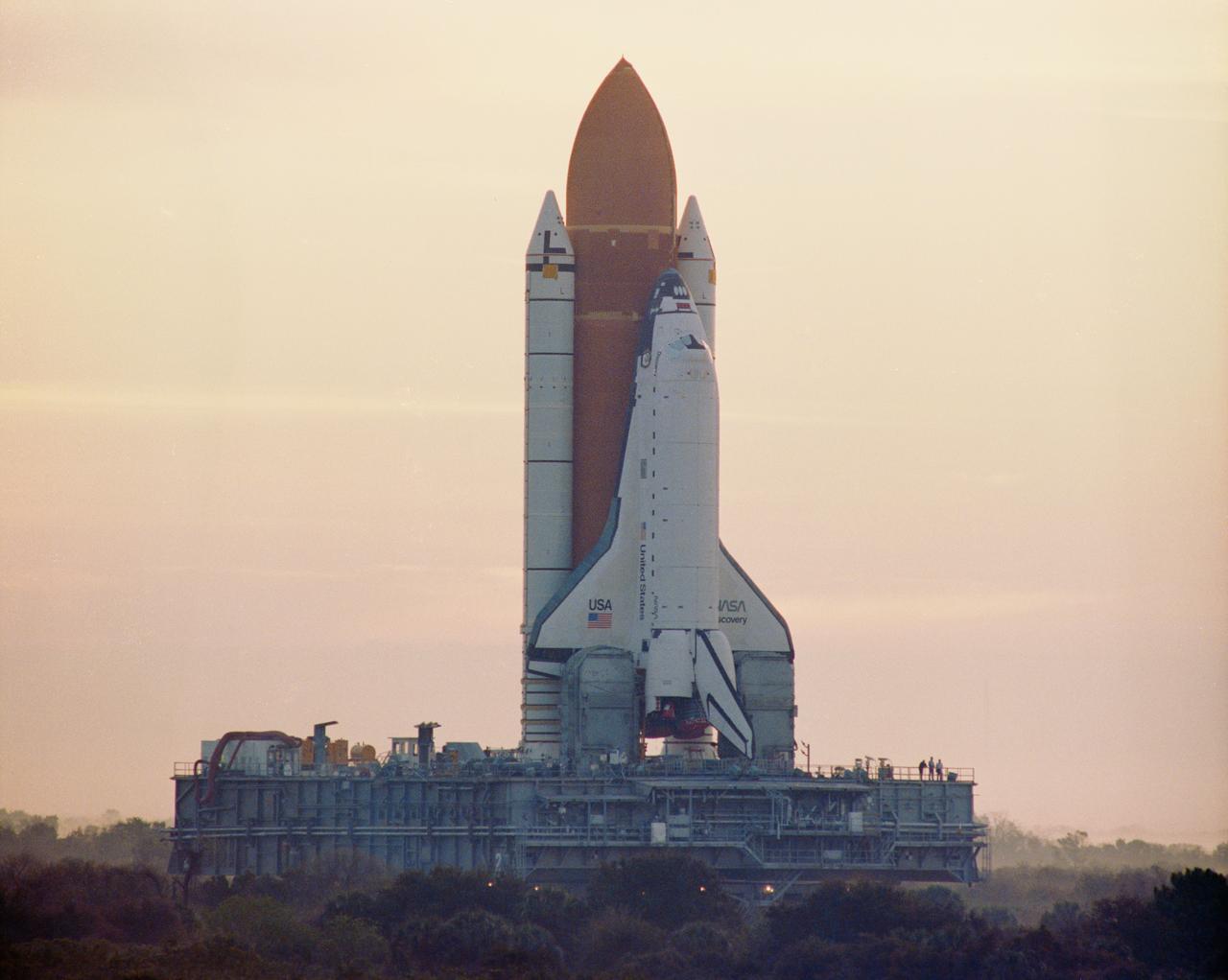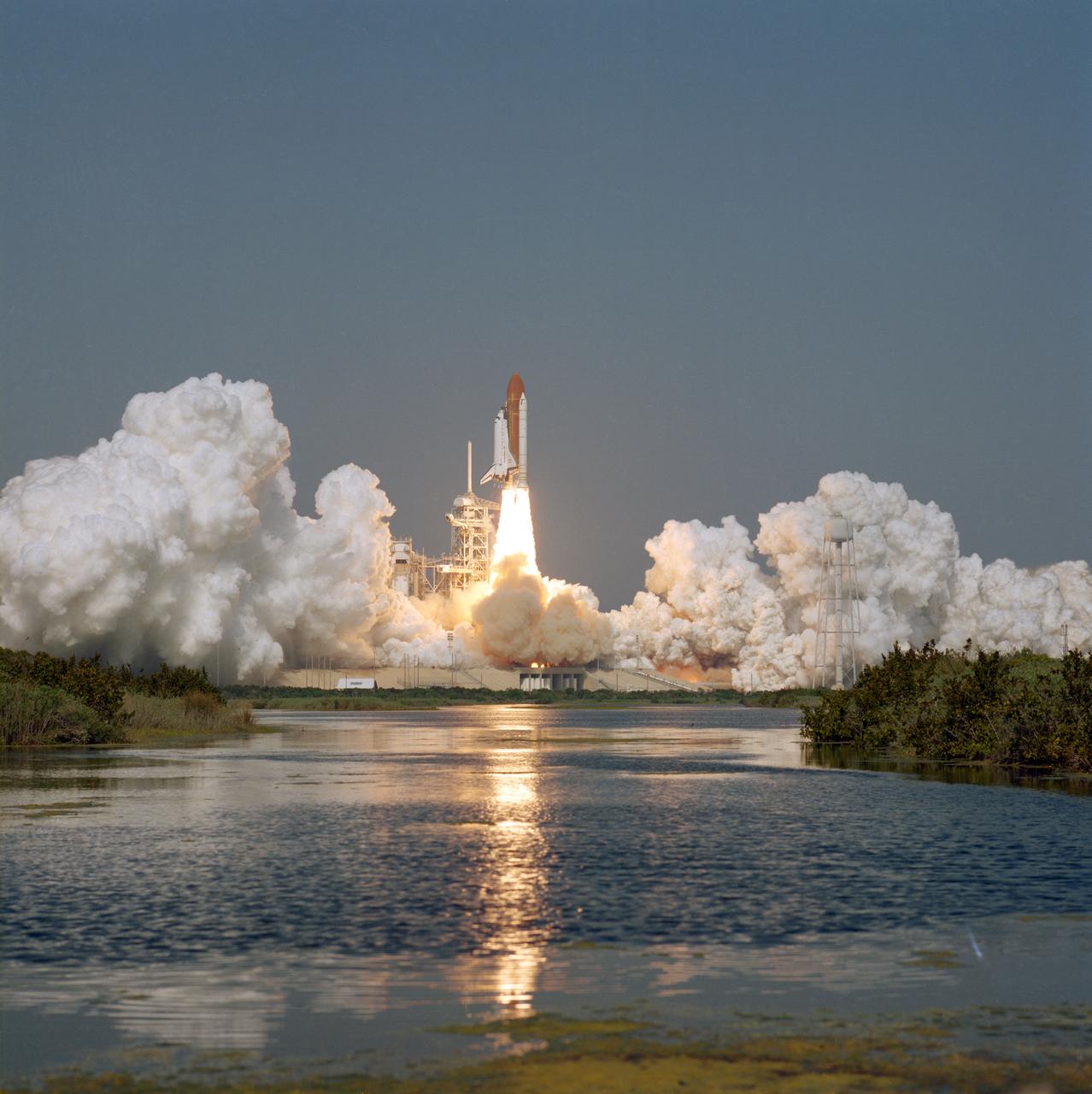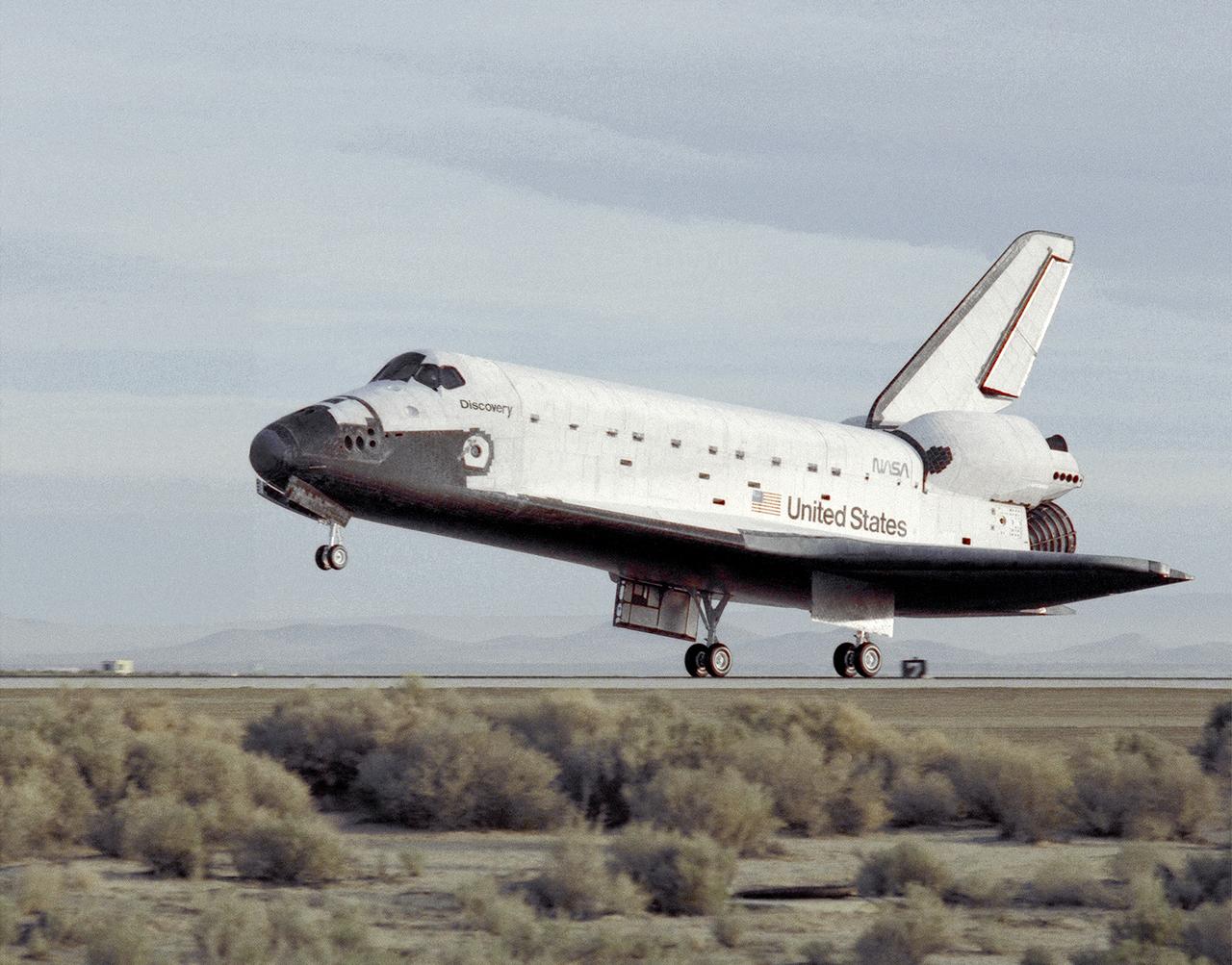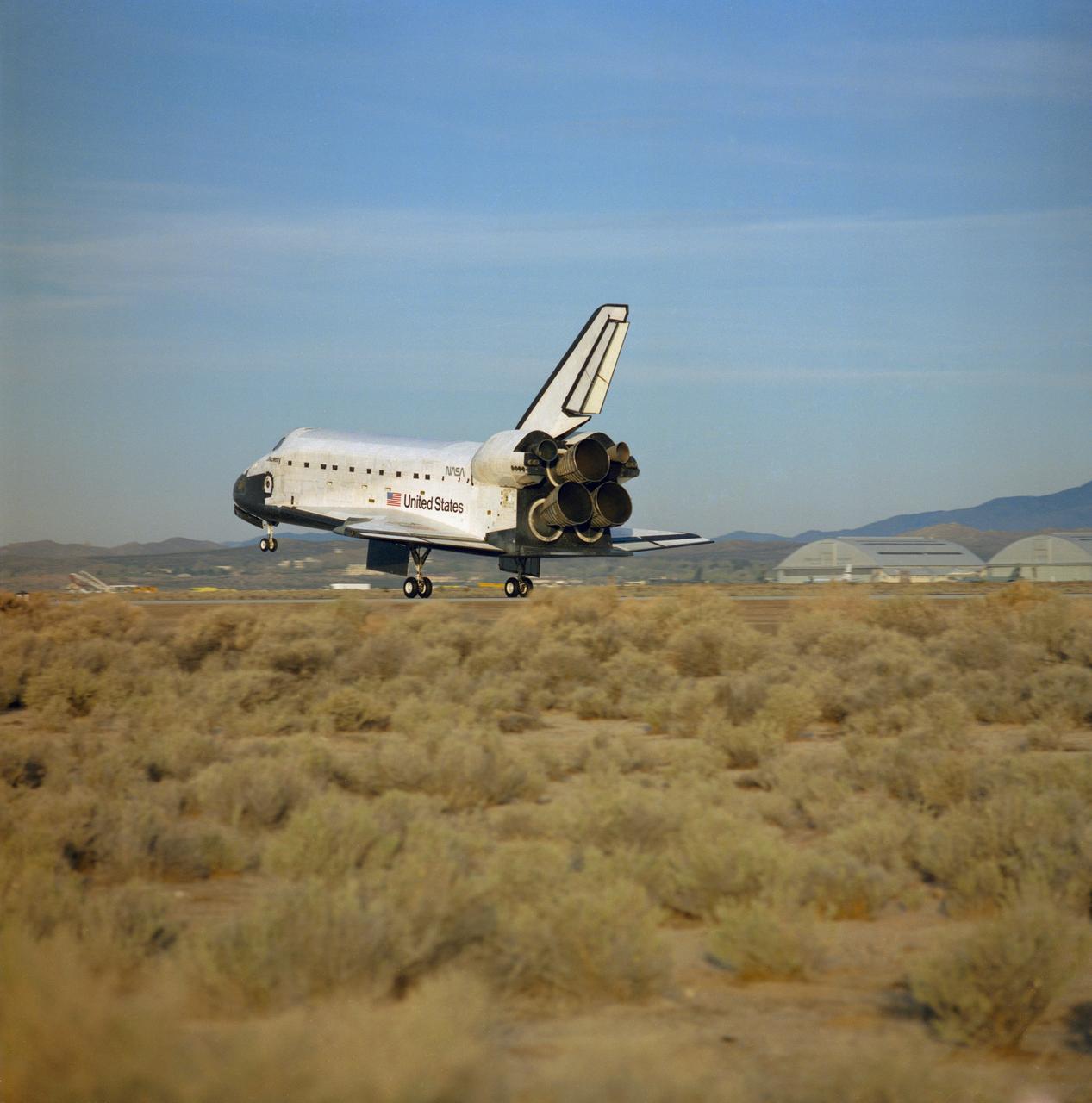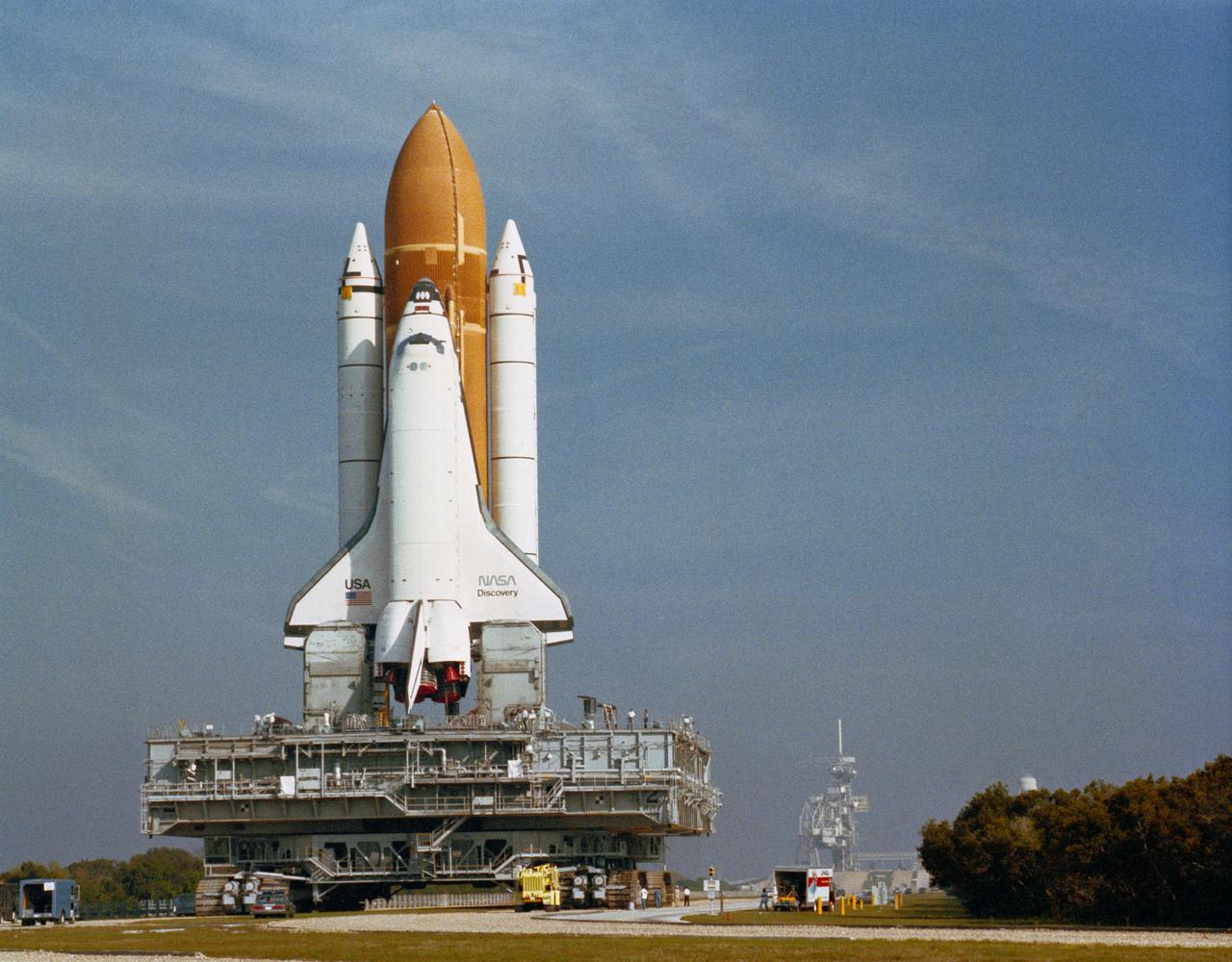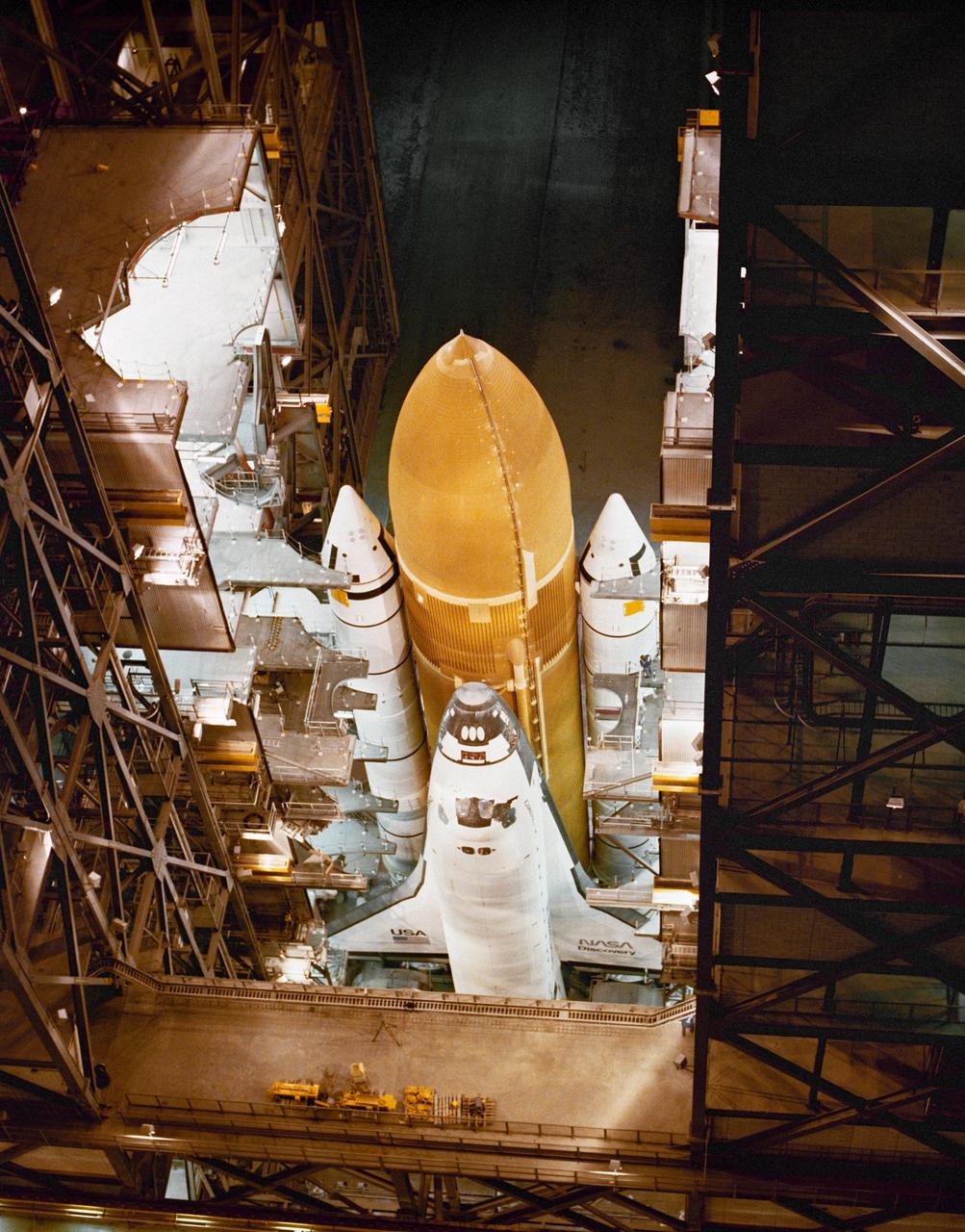STS-29 Fact Sheet
By Cliff Lethbridge

STS-29 — Discovery
28th Space Shuttle Mission
8th Flight of Discovery
Crew:
Michael L. Coats, Commander
John E. Blaha, Pilot
James F. Buchli, Mission Specialist
Robert C. Springer, Mission Specialist
James P. Bagian, Mission Specialist
Orbiter Preparations:
Tow to Orbiter Processing Facility – October 9, 1988
Rollover to Vehicle Assembly Building – January 23, 1989
Rollout to Launch Pad 39B – February 3, 1989
Launch:
March 13, 1989 – 9:57:00 a.m. EST. Launch had been scheduled for February 18, 1989 but was delayed due to the replacement of suspect main engine oxidizer turbopumps in Discovery’s three main engines and a faulty master events controller. March 13 launch was delayed 1 hour, 50 minutes due to morning ground fog and upper atmosphere wind conditions.
Landing:
March 18, 1989 – 6:35:50 a.m. PST at Runway 22, Edwards Air Force Base, California. Rollout distance was 9,339 feet. Rollout time was 53 seconds. Mission duration was 4 days, 23 hours, 38 minutes, 50 seconds. Landing occurred during the 80th orbit.
Mission Summary:
NASA’s Tracking and Data Relay Satellite-4 (TDRS-4) was deployed to geosynchronous orbit using an Inertial Upper Stage (IUS) booster.
Secondary payloads included Orbiter Experiments Autonomous Supporting Instrumentation System-1 (OASIS-1), Space Station Heat Pipe Advanced Radiator Experiment (SHARE), Protein Crystal Growth (PCG), Chromosomes and Plant Cell Division (CHROMEX) and two SSIP experiments.
An Air Force experiment used the Shuttle as a target to calibrate ground-based optical equipment at the Air Force Maui Optical Site (AMOS) in Hawaii. The crew also photographed Earth with a hand-held IMAX camera.
SELECTED NASA PHOTOS FROM STS-29
